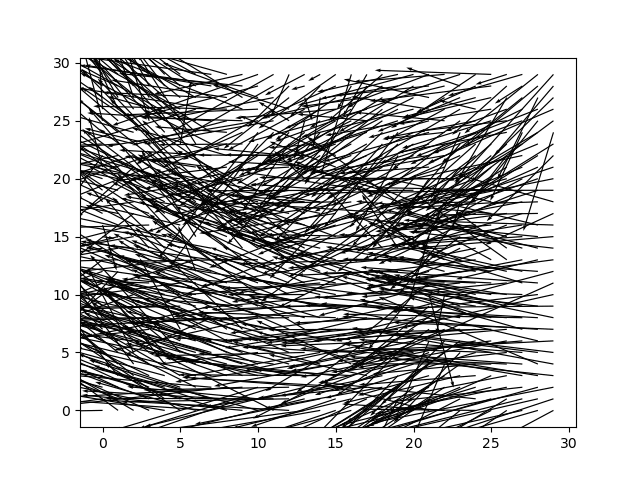Bayesian Optical Flow with Uncertainty Quantification
Optical flow refers to the visual motion observed between two consecutive images. Since the degree of freedom is typically much larger than the constraints imposed by the image observations, the straightforward formulation of optical flow as an inverse problem is ill-posed. Standard approaches to determine optical flow rely on formulating and solving an optimization problem that contains both a data fidelity term and a regularization term, the latter effectively resolves the otherwise ill-posedness of the inverse problem. In this work, we depart from the deterministic formalism, and instead treat optical flow as a statistical inverse problem. We discuss how a classical optical flow solution can be interpreted as a point estimate in this more general framework. The statistical approach, whose "solution" is a distribution of flow fields, which we refer to as Bayesian optical flow, allows not only "point" estimates (e.g., the computation of average flow field), but also statistical estimates (e.g., quantification of uncertainty) that are beyond any standard method for optical flow. As application, we benchmark Bayesian optical flow together with uncertainty quantification using several types of prescribed ground-truth flow fields and images.
PDF Abstract

